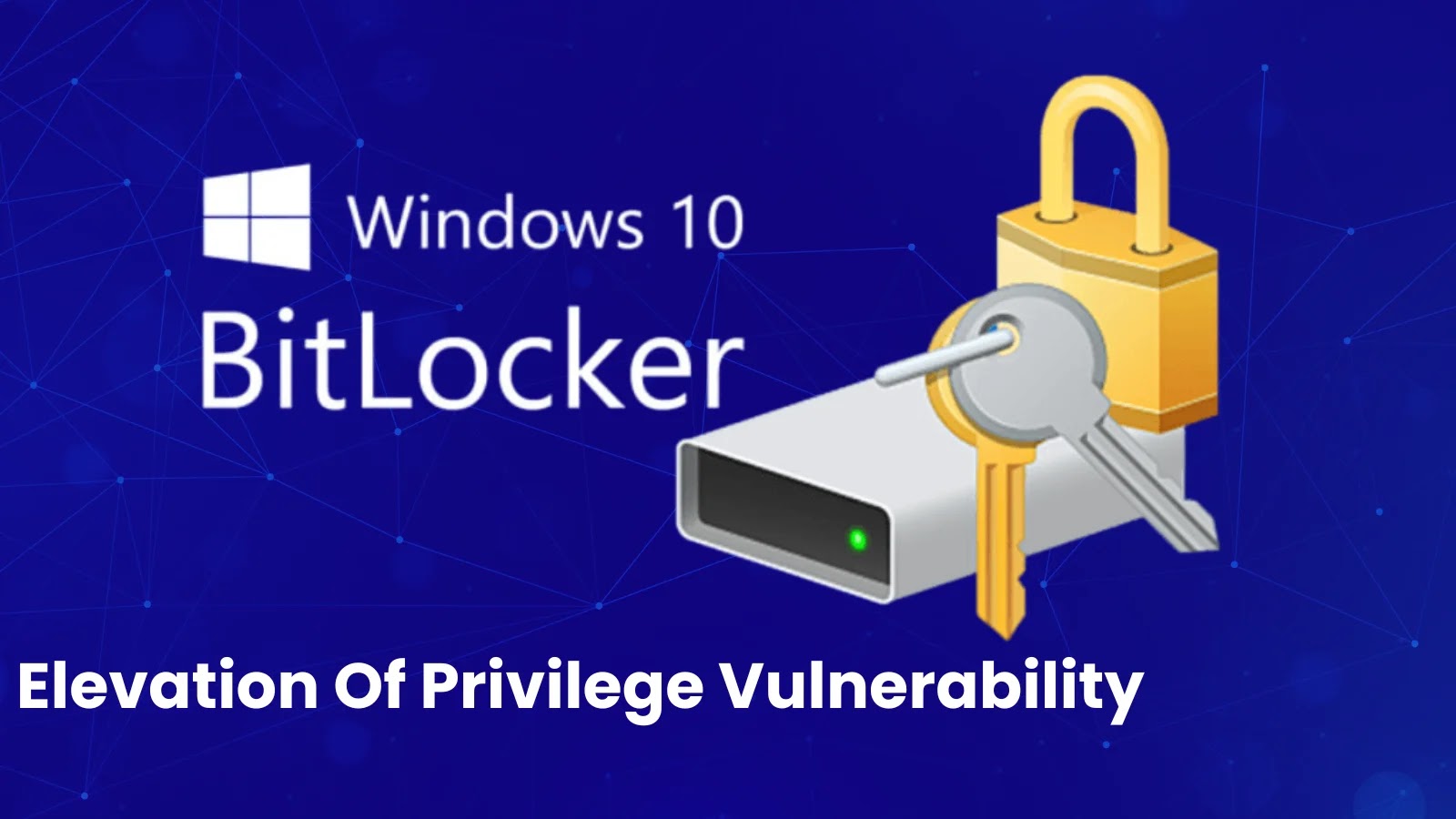The cybersecurity landscape is witnessing a significant evolution in remote access trojans (RATs), particularly with the emergence of sophisticated AsyncRAT variants. Originally released as an open-source project on GitHub in 2019, AsyncRAT has become the foundation for numerous derivatives that incorporate advanced evasion techniques, modular architectures, and specialized attack vectors. These developments pose heightened threats to global cybersecurity.
Dominant Variants: DcRat and VenomRAT
Among the myriad of AsyncRAT derivatives, DcRat and VenomRAT have emerged as the most prevalent, collectively accounting for a significant portion of observed malware campaigns.
DcRat: This variant represents a substantial advancement from the original AsyncRAT framework. It employs sophisticated evasion techniques such as Antimalware Scan Interface (AMSI) and Event Tracing for Windows (ETW) patching, effectively disabling security features that detect and log malicious activities. DcRat utilizes MessagePack for efficient binary data serialization and includes an antiprocess system designed to terminate security tools like Task Manager (Taskmgr.exe), Process Hacker (ProcessHacker.exe), and Windows Defender’s MsMpEng.exe.
VenomRAT: Likely inspired by DcRat, VenomRAT has been enhanced with extensive features, making it a formidable threat in its own right. It incorporates advanced evasion techniques and a modular architecture, allowing attackers to customize its functionality according to their objectives.
Specialized Plugins and Novel Attack Capabilities
Lesser-known forks of AsyncRAT have introduced specialized plugins that extend the malware’s functionality beyond conventional remote access capabilities. Notable examples include:
Screamer.dll: This plugin serves as a jump scare tool, displaying startling images accompanied by sound effects to intimidate or distract users.
Piano.dll: Functioning as a generic audio player, this plugin stores audio files in the %appdata%\Piano directory, potentially for malicious purposes.
WormUsb.dll: A particularly concerning plugin, WormUsb.dll facilitates the spread of malware by compromising Portable Executable (PE) files across multiple locations, including personal folders and external drives.
Cliper.dll: This plugin represents a sophisticated cryptocurrency theft mechanism. It monitors clipboard content and replaces detected wallet addresses with attacker-controlled alternatives, redirecting funds during transactions.
Obfuscation and Localization Techniques
Some AsyncRAT variants employ unique obfuscation and localization methods to evade detection and analysis:
JasonRAT: This variant uses obscure variable-naming conventions reminiscent of satanic terms and utilizes extended Morse code for string obfuscation, complicating reverse engineering efforts.
XieBroRAT: Featuring Chinese localization, XieBroRAT integrates tools like Mimikatz and SharpWifiGrabber, enhancing its capability to extract sensitive information from compromised systems.
Implications of Open-Source Malware Frameworks
The proliferation of AsyncRAT forks underscores the inherent risks associated with open-source malware frameworks. By providing a readily accessible foundation, these frameworks significantly lower the barrier to entry for aspiring cybercriminals, enabling the rapid development and deployment of sophisticated malware variants.
Detection and Mitigation Strategies
The expanding threat landscape necessitates proactive detection strategies and deeper behavioral analysis to effectively address emerging AsyncRAT variants. Organizations should implement the following measures:
1. Behavioral Analysis: Utilize advanced behavioral analysis tools to detect anomalies indicative of RAT activity, such as unusual network traffic patterns or unauthorized access attempts.
2. Endpoint Detection and Response (EDR): Deploy EDR solutions capable of identifying and mitigating threats in real-time, including those employing advanced evasion techniques.
3. Regular Software Updates: Ensure that all software and systems are up-to-date with the latest security patches to mitigate vulnerabilities that could be exploited by RATs.
4. User Education: Conduct regular training sessions to educate employees about phishing tactics and the importance of not downloading or executing unverified files.
5. Network Segmentation: Implement network segmentation to limit the spread of malware within an organization, reducing the potential impact of a successful attack.
Conclusion
The evolution of AsyncRAT into numerous sophisticated variants with advanced features and evasion techniques highlights the dynamic nature of cyber threats. As cybercriminals continue to innovate, it is imperative for organizations to adopt comprehensive and proactive cybersecurity measures to protect their systems and data from these evolving threats.



